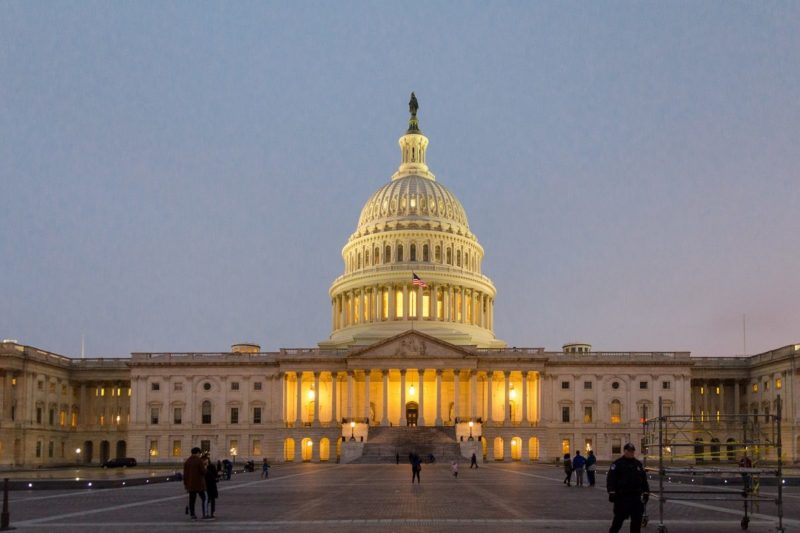A Timeline of Lawmakers’ Increasing Efforts to Restrict Second-Trimester Abortions
D and E procedures are overwhelmingly safe, but anti-choice lawmakers and activists have launched a legislative and propaganda campaign against it.

In order to chip away at abortion rights, anti-choice lawmakers have frequently employed the strategy of zeroing in on specific procedures for heightened regulation or outright bans. Their most recent target is the most commonly used method of second-trimester abortion, dilation and evacuation (D and E).
According to the Guttmacher Institute, 11 percent of abortions happen after the first trimester. Approximately 95 percent of those procedures are D and Es. Despite the fact that they are overwhelmingly safe, anti-choice lawmakers and activists have launched a legislative and propaganda campaign against what they have named “dismemberment abortions.” As with all attempts to roll back abortion access and rights, D and E abortion bans would hit poor patients the hardest by forcing them to make additional arrangements for necessary care.
The timeline below traces the anti-choice movement’s efforts to ban D and E abortions—beginning with their initial attempts in 2015—as well as the court cases challenging these bans in states like Kansas and Alabama where they have passed. Texas is the most recent state to pass legislation targeting the procedure with more states surely to follow in future legislative sessions.
